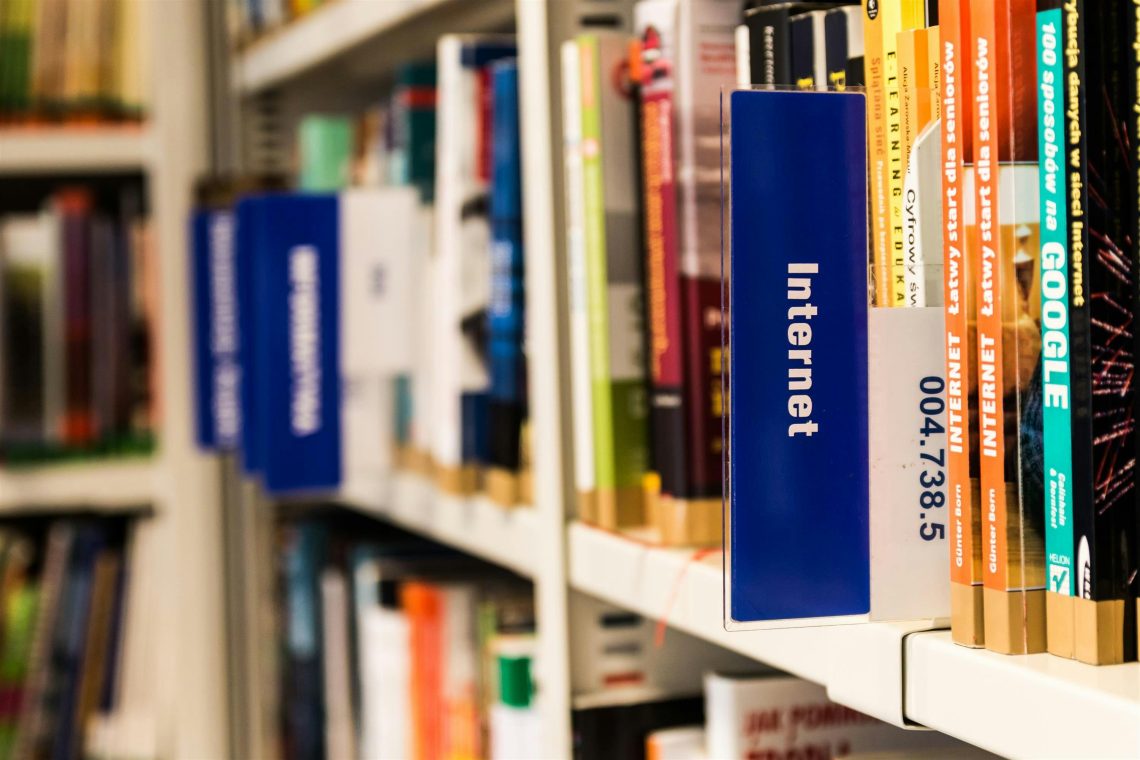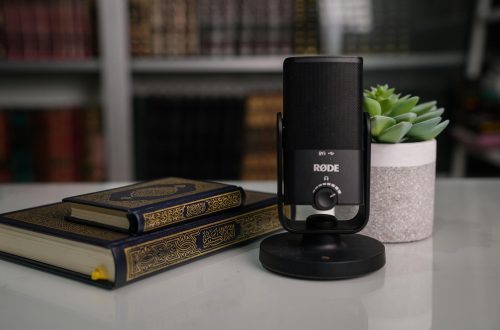
Hyperlinked Reflections: Technology and Community
Last week a woman entered my library, asked if we had maps, and said, “I have an appointment coming up and don’t even know how to get there!”
I, of all people, understand not knowing how to get places; after all, I worked at my last job for nearly two years and still used a GPS to get there (don’t worry, my siblings still give me grief about it). Suffice it to say, this woman had my sympathy. When a coworker and I offered to print directions out or show them to her on a computer screen, however, she refused. Maybe she was unfamiliar with technology and was embarrassed or simply unwilling to test it out in that moment, I don’t know.
This encounter astonished me, as I never think twice about asking technology for help. Being surrounded by devices, I forget sometimes that the digital divide is real and persistent. Jessamyn West (2014) could’ve been describing me when she said: “As more people get connected, they think everyone is getting connected.”
People will always want physical materials, and libraries should always offer those. However, with a society that relies more and more heavily on technology, libraries should also help bridge the digital divide. Thankfully, some libraries have already taken such steps, introducing WiFi hotspots, parking lot connections, or larger-scale community networks (Williams, 2021).
We must also consider the other end of the technology spectrum, where remote automation supplants human connection. Many people view devices as isolating, and they certainly can be. They can act also as powerful instruments for connecting with fellow humans, though—and they often allow us to connect while overcoming geographical or financial barriers. For example, my sister is getting married next year to someone who used to live over 1000 miles away, someone she only met because of online classes and she only got to know thanks to online messaging.
So while technology can separate us, it can also draw us together in ways that are otherwise impossible. Moreover, I think people will always find each other through their devices; we are not content with only algorithms for company. Bhaskar (2016) was right in saying that automation is needed, but so are “idiosyncratic selections” from other people. I’ve seen it in my own library: we recently launched a virtual “Librarian Recommends” service that saw overnight success. Rolling reference desks are also a great way to utilize technology to form new human connections; so are library blogs, like that of the New York Public Library.
Overall, I want to take an optimistic stance even if I itch to bury my phone some days. Technology connects us to each other and to information in new and versatile ways, and I believe libraries can foster the holistic wellbeing of their communities by providing equipment and capitalizing on its uses. Like Dr. Stephens pointed out, libraries often have the resources and platforms for helping people, and they absolutely should.
References
Bhaskar, M. (2016, September 30). In the age of the algorithm, the human gatekeeper is back. The Guardian. https://www.theguardian.com/technology/2016/sep/30/age-of-algorithm-human-gatekeeper
West, J. (2014). 21st century digital divide. https://www.librarian.net/talks/rlc14/
Williams, A. (2021, March 17). Libraries are bridging the digital divide. Internet Society. https://www.internetsociety.org/blog/2021/03/libraries-are-bridging-the-digital-divide/





4 Comments
Millicent
@valancy I completely agree that we need to help with the digital divide and provide workshops or whatever we can to combat this, but I also think that we need to educate everyone on not relying on technology so much. For instance, with maps, what if technology was down or inaccessible in a situation and you had to know how to read a paper map? While most people now know how to use GPS, most do not know how to read a basic paper map, which boggles me. It’s important to educate on both – keeping up with technology, but also survival without technology.
Valancy
Thanks for reading, Millicent! And I certainly agree, libraries should embrace technology without relying solely on it; it’s a matter of wielding all the tools at our disposal.
Michael Stephens
@valancy The interaction you opened with was interesting. You make a good point about the digital divide. I wodner if it was an issue with technology or the ability to read directions/map. And thanlks for the reminder of Jessamyn’s quote – she is always so good about making sure we see the full picture.
Valancy
@michael yeah it’s hard to say! I wish I could go back and find out. We offered to print a map or driving directions out for her, but she didn’t want either and wandered off to check other buildings nearby. Hopefully she made it to her appointment! I quite enjoyed the Jassamyn reading, thank you. 🙂